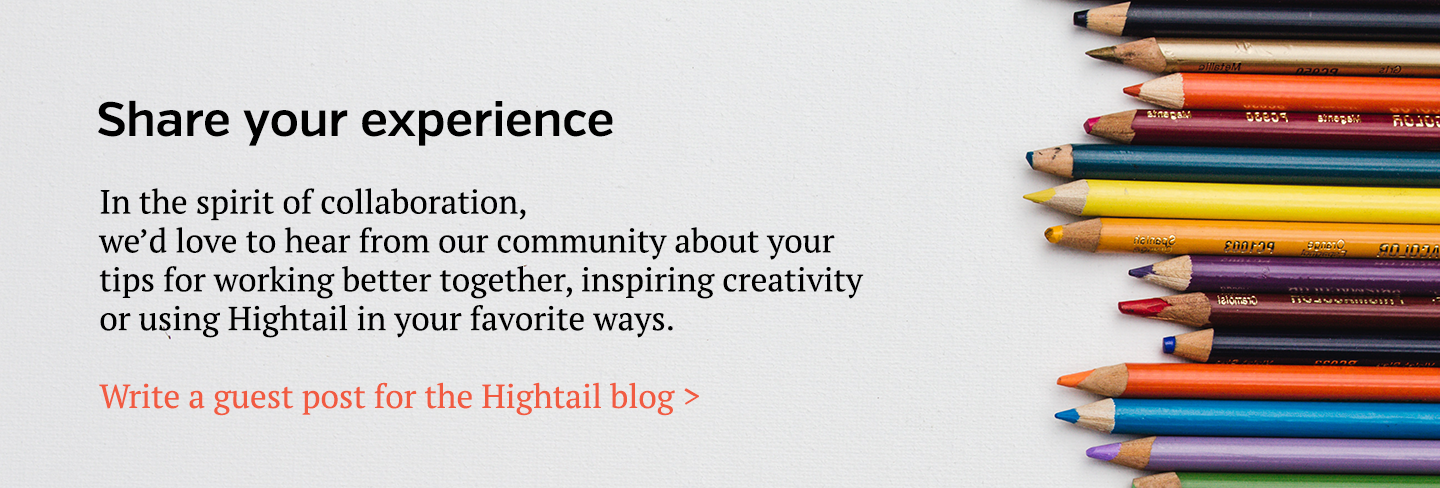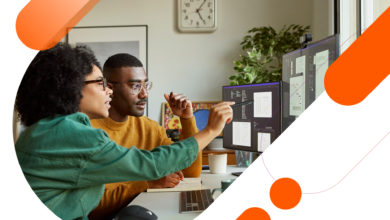His concept of “flow” was a featured topic at a Creative Mornings monthly lecture for creative communities, and GG LeMere, designer and creative director at Smidge Design Studio, shared some insights on how creatives can achieve that flow.
Shut it down – LeMere said that while many people take pride in their ability to multitask, pulling attention away from one task to work on another makes it more difficult to return to that first task as productively. “We actually owe it to the work to shut it down,” LeMere said, pointing out that authors Mark Twain and JK Rowling were both known for using retreats as part of their creative processes.
She said she often shuts down her email to go into “stealth mode,” but lets clients know that she is still reachable by phone if needed. “I’ve never had a client get upset at me for saying, ‘I’m going underground, please call me if you have anything urgent, but I’m working on a creative project.’” She joked, “If you get an email and you don’t respond, they will text you, if you don’t respond to that text, they will Instagram message you … If it’s super important, someone will get a hold of you and they won’t stop until they find you.”
She also suggested that it’s important to know what kind of space you do your best work in and try to accommodate that when you shut down—whether it includes playing music, being by a lake or anything else. “Shut it down to the best degree that you can and give your brain the space it needs to ‘get to the good work.’”
Embrace the ebb – For every flow, there is likely an equal ebb that should be embraced. LeMere said, for example, that her ebb includes about three days until she’s ready for “the good work.” She added, “I don’t mean three full days of working on something. I just mean from the time I go through the brief, do some research, center myself, start thinking about it … And I don’t fight it, I plan for it. I make sure that I give myself those three days.”
She said that even after the struggle and pouring your soul into whatever you’re making, the client is likely going to have changes. “We are in a business, we work for clients and we love clients. If it weren’t for clients, we’d have no work. Accept the fact that it’s a collaboration. Clients know their business, and we know our business—and we have to come together in the middle. They’re going to have an opinion every time. We always talk about managing client expectations, but maybe we need to manage our own expectations.”
For better collaboration, she suggests, “If the client says something, part of it is understanding how to manage that conversation and keep it moving in the direction where what you’re creating for them is so effective, and yet still what you know about your business is going to set them apart from others. Quite honestly, the collaboration and the client’s input makes it better because it’s more effective in their space.”
Don’t compare – LeMere said that nothing stops her flow faster than “comparisonitis,” and she suggests not comparing your work to others’. “It makes us feel any number of emotions once you start to compare, and that’s sabotaging yourself. … Remember that you are the only person who can create your work. A different person would create different results.”
Instead, she says she prefers to look at things that have nothing to do with her profession—and turns to the world of fashion for inspiration on patterns, color palates and textures that she might be able to translate for her own work. “So instead of feeling inadequate, I’m feeling ‘wow, that’s really awesome. How can I even try and work with that person some day.’ And I’m inspired by them instead of making myself feel bad.”
She added, “Remember, clients who hired you or hired your team did it based on the work they’ve already seen from you.”
Make it fun – Many creatives get into the field they’re in because they think it would be fun. “We have to actually remember that, and continue to make this job fun for ourselves. It is a business, and we do have to answer to the brief and check off all the boxes for our clients—but we have to find a way to make the work fun or we’re going to get bored.”
She said that to do that, she tries to create a challenge for herself, learn something new and/or give clients “something new that they never knew they always wanted” as part of each project.
Creating that additional motivation often shows through for the client, so they can have fun with it too. She shared her personal mantra: “If I’m not having fun working on it, you’re likely not having fun interacting with it.”
She added, “Make it into something that’s fun for you. You’ll be more passionate and get into that flow state a lot quicker and actually be excited to go get away and work on it.”




